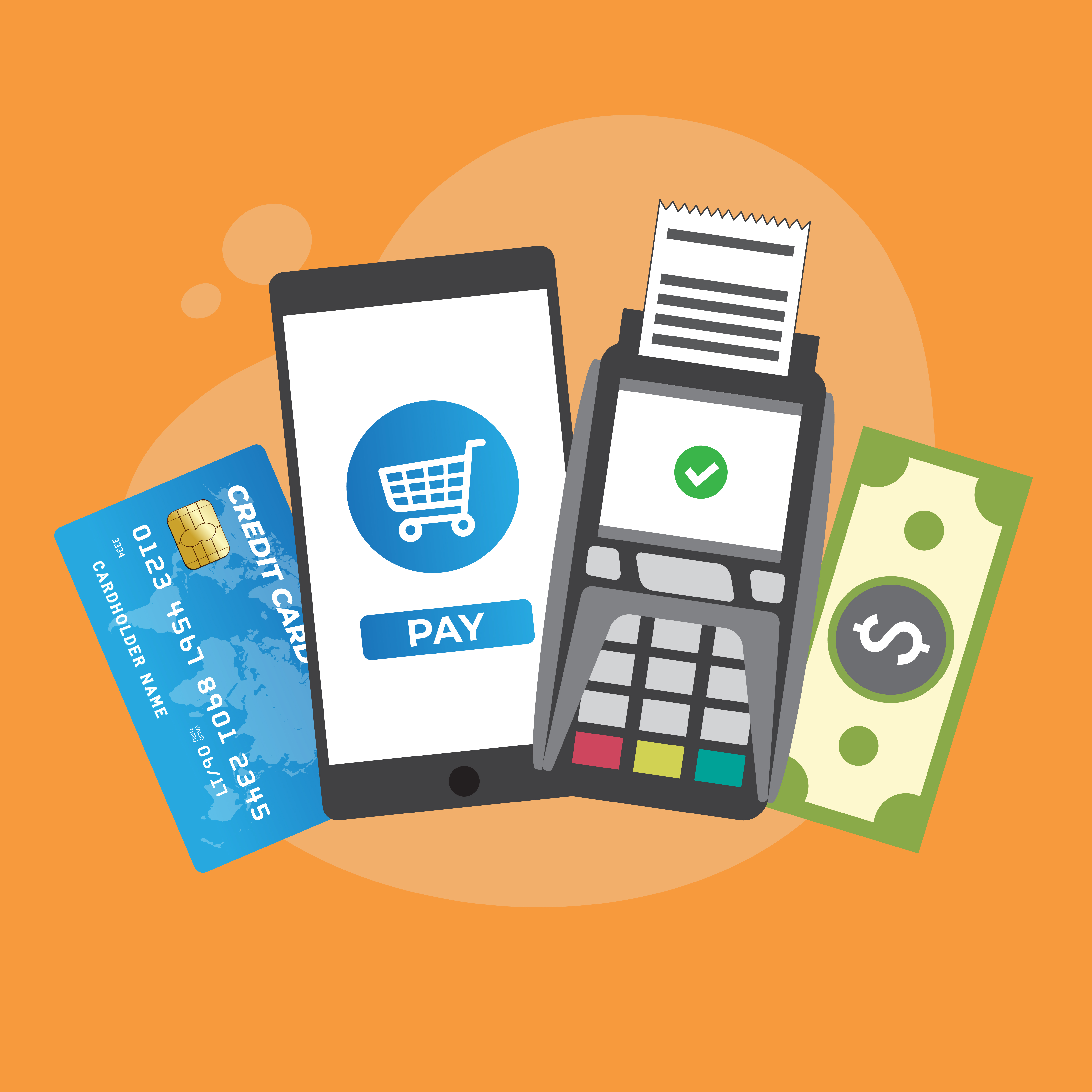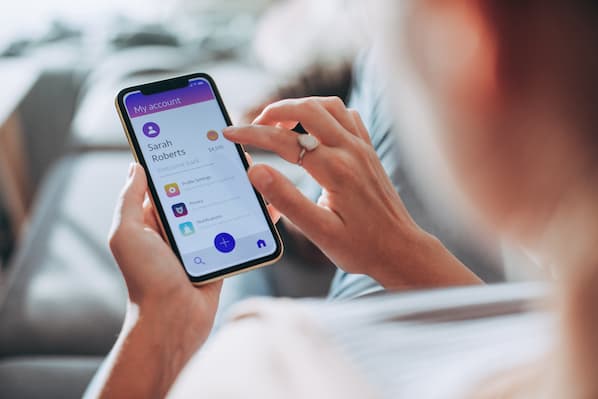- Introduction
- Understanding IKEA's App Success
- Feature 1: User-Centric Design
- Feature 2: Augmented Reality Integration
- Feature 3: Seamless In-App Payment System
- Feature 4: Customer Engagement And Support
- Feature 5: Personalization and Recommendation Algorithms
- Feature 6: Data Analytics and Feedback Loop
- Conclusion
- Frequently Asked Questions (FAQs)
Table of Contents
Ikea App Clone: Features for Your eCommerce App Development

Introduction
When it comes to offering an array of products in furniture and home decor space, there is no company that can come closer to IKEA. With its unique product catalogs, user-friendly app interface, easy ordering and installation, and AR & VR technology, Ikea is a pioneer in the furniture industry.
IKEA took advantage of the latest technological advancements in mobile technology and minimal design integration within its e-commerce app interface to provide a seamless shopping experience for its users.
Not to mention IKEA’s unique selling point that made it a pioneer in the furniture industry and an example among the entrepreneurs and developers looking for space in the furniture shopping area.
By taking IKEA as your primary inspiration, you can also create an app that will be integrated with the latest AI, AR, VR technologies but will not be heavy on the navigation side with its minimal design and interface.
How will you know which features to add in your IKEA clone app? Well, this blog is your answer. Here, you will find the features that IKEA uses in its app, and you can also add them to create your own IKEA experience.
Understanding IKEA's App Success
IKEA's foray into digital retailing through its mobile application has been a textbook example of e-commerce success, setting a benchmark for the industry.
Leveraging Latest Technology

The Swedish giant, known worldwide for its affordable, stylish furniture and home accessories, has effectively leveraged technology to enhance its customer experience, both online and in-store. T
he IKEA e-commerce app's success lies in its thoughtful design, innovative features, and user engagement strategies, which tackle various consumer pain points while shopping for furniture.
Blend of Design and Seamless Experience
The IKEA e-commerce app's success combines intuitive design, innovative technology, customer-centric strategies, and seamless omnichannel experiences.
It stands as a compelling case study for e-commerce businesses aiming to build or improve their mobile presence.
By understanding and applying the principles behind IKEA's success, businesses can create e-commerce apps that truly resonate with their target users, offering them value, convenience, and engaging shopping experiences.
Feature 1: User-Centric Design
IKEA's mobile app exemplifies user-centric design, a philosophy that prioritizes the user's needs and behaviors during development.
Intuitive Design Space
The app sidesteps complexity by crafting an interface with intuitive navigation, allowing users to browse and search for products effortlessly. Logical categorization, a responsive search function, and consistently placed icons and menus ensure that even new users can confidently navigate the IKEA e-commerce app.
The design also relies on users' recognition rather than recall, displaying clear and familiar visual cues that guide the journey without being overwhelmed with unnecessary details.
Furthermore, clear visual elements play a critical role in this design approach.
Hi-Resolution Image
The app features high-resolution images of products from multiple angles, crisp fonts, and a harmonious color scheme that echoes IKEA’s minimalist branding.
These visuals are presented with adequate white space and a thoughtful visual hierarchy that prioritizes key information, such as product names, prices, and calls to action, aiding in quick decision-making.
Feature 2: Augmented Reality Integration
IKEA’s integration of Augmented Reality (AR) into its app is a revolutionary step in redefining the furniture shopping experience, showcasing the brand's forward-thinking approach to retail.
IKEA Place
Through the feature named IKEA Place, the IKEA online store app allows users to visualize how furniture will look and fit in their actual living spaces before making a purchase.
Users can select a product from IKEA's range and, using their device's camera, project the item into their room in real time with accurate dimensions and full 3D fidelity.
This fusion of the virtual and real world addresses the common pain point of spatial visualization and transforms the shopping journey into an interactive, engaging experience.
AR Integration
AR integration within the IKEA app empowers customers to experiment with different styles, configurations, and placements, enabling more informed decision-making.
By reducing the uncertainty often accompanying furniture shopping, IKEA significantly enhances customer satisfaction, minimizes the likelihood of product returns, and fosters a deeper connection with consumers.
Feature 3: Seamless In-App Payment System
IKEA’s seamless in-app payment system significantly enhances the user experience by ensuring a smooth and efficient checkout, which is crucial for converting browsing into actual sales.
This feature minimizes hurdles that typically disrupt the transaction flow, leading to higher conversion rates and increased customer satisfaction within the e-commerce app.
Payment Variety

The IKEA app supports a variety of payment methods, including credit cards, debit cards, and popular mobile payment services.
This inclusivity in payment options caters to a broader range of customer preferences and regional payment habits, ensuring convenience across the board.
Blend of Simplicity and Security
The payment interface in the IKEA online store is a meticulous blend of simplicity and security.
For simplicity, the design is clean and minimalistic, guiding users through a few easy steps — from cart review to payment completion — without clutter or confusion.
Users can also save their payment details securely on the app for future transactions, which accelerates the checkout process in subsequent visits, fostering a quicker purchase experience.
Suggested Reading: How Ecommerce App Development Can Scale Your Business?
Feature 4: Customer Engagement And Support
IKEA’s dedication to robust customer engagement and support is evident in its multifaceted approach within the e-commerce app.
Unique Features for Support
Understanding that a supported customer is often a repeat customer, the IKEA app includes various features designed to keep users informed, assisted, and connected throughout their shopping journey.
Live chat functions with both AI chatbots and human assistance, allowing customers to receive immediate help and answers to their questions.
This is particularly crucial for complex products or for those needing additional information or reassurance before purchase.
Furthermore, the IKEA online store provides detailed product information, customer reviews, and ratings, enabling users to make well-informed decisions based on the experiences of others.
Feature 5: Personalization and Recommendation Algorithms
IKEa's integration of personalization and recommendation algorithms transforms the app into a shopping tool and a personal shopping assistant, curating a bespoke experience that anticipates and adapts to the user's preferences.
Tailored Personalized Experiences

IKEA leverages personalization and sophisticated recommendation algorithms to create a tailored shopping experience for each user, setting a new standard in customer-centered retail with its e-commerce app.
To build a unique customer profile, the IKEA e-commerce app achieves this by tracking and analyzing user behavior, such as browsing history, past purchases, and search queries.
This data-driven approach enables the app to curate product suggestions and content that align with the individual's preferences, style, and buying habits.
Feature 6: Data Analytics and Feedback Loop
The data analytics and feedback loop test IKEA’s commitment to creating a user-centric mobile experience.
By valuing and acting upon the customer's voice and leveraging data to make informed decisions, IKEA enhances user satisfaction, loyalty, and business performance.
Let us learn how IKEA’s data analytics and feedback loop work to gather insights and data points.
Suggested Reading:
Choose AppsRhino for Ikea ecommerce App Clone Expertise
Feedback Loop Mechanism
IKEA e-commerce app incorporates a sophisticated data analytics and feedback loop mechanism designed to refine and enhance the user experience continuously.
This mechanism hinges on collecting, analyzing, and applying user-generated data and feedback to inform decision-making processes and strategy optimizations.
By capturing a wide range of data points — from in-app behavior patterns, such as navigation paths and time spent on different sections, to transactional data and user feedback submissions - IKEA gains invaluable insights into customer preferences, app performance issues, and areas for improvement.
Conclusion
In conclusion, the IKEA e-commerce app is more than just a digital representation of its physical stores. We hope this guide will help you decide which features to incorporate in your own version of the IKEA app.
To summarize, IKEA is a comprehensive, customer-centric platform that enhances the shopping experience.
Through its array of features, including a user-friendly interface, augmented reality, live chat support, personalization through recommendation algorithms, and robust data analytics and feedback loop, IKEA effectively addresses the needs and preferences of modern consumers.
By considering these unique features, you will be able to create a unique experience for your customers and a million-dollar furniture business for yourself.
Suggested Reading:
Ikea Business & Revenue Model: Top Secrets Behind its Growth
Frequently Asked Questions (FAQs)
What features should I include in an e-commerce app like IKEA?
When developing an e-commerce app akin to IKEA, consider integrating features such as a user-friendly interface, augmented reality (AR) for product visualization, a robust product search and filtering system, personalized recommendations, user reviews and ratings, and seamless checkout processes.
These features collectively enhance the user experience and streamline the buying process.
How can augmented reality improve customer experience in an e-commerce app?
Augmented reality (AR) in e-commerce apps allows customers to visualize products in their own space before making a purchase.
This can significantly reduce uncertainty and buyer's remorse, leading to higher satisfaction rates and possibly reducing the rate of product returns.
AR can be particularly effective for furniture and home decor items, helping users to make confident decisions about size, style, and fit.
What makes a mobile e-commerce app user-friendly?
A user-friendly e-commerce app should have an intuitive layout, easy navigation, and quick load times. Clear categorization of products, accessible search functionality, and a simplified checkout process are also vital.
Moreover, ensuring the app is responsive and offers excellent performance across various devices and operating systems is crucial for user satisfaction.
How can personalization be implemented in an e-commerce app?
Personalization in an e-commerce app can be implemented by analyzing user behavior, preferences, and past purchases to tailor product recommendations and content.
Techniques such as machine learning algorithms can be used to predict what products the user might be interested in. Additionally, personalization can include customizing the app layout and promotional offers based on user data.
Why is customer feedback important for e-commerce apps?
Customer feedback is crucial in identifying areas for improvement and enhancing customer satisfaction. It helps developers and business owners understand user needs, preferences, and problems faced while using the app.
Integrating a systematic way to collect and analyze feedback can guide iterations and feature enhancements in the app.
Table of Contents
- Introduction
- Understanding IKEA's App Success
- Feature 1: User-Centric Design
- Feature 2: Augmented Reality Integration
- Feature 3: Seamless In-App Payment System
- Feature 4: Customer Engagement And Support
- Feature 5: Personalization and Recommendation Algorithms
- Feature 6: Data Analytics and Feedback Loop
- Conclusion
- Frequently Asked Questions (FAQs)





